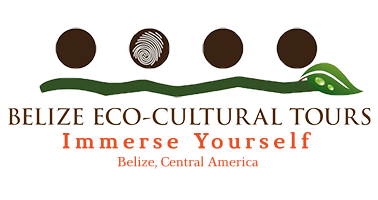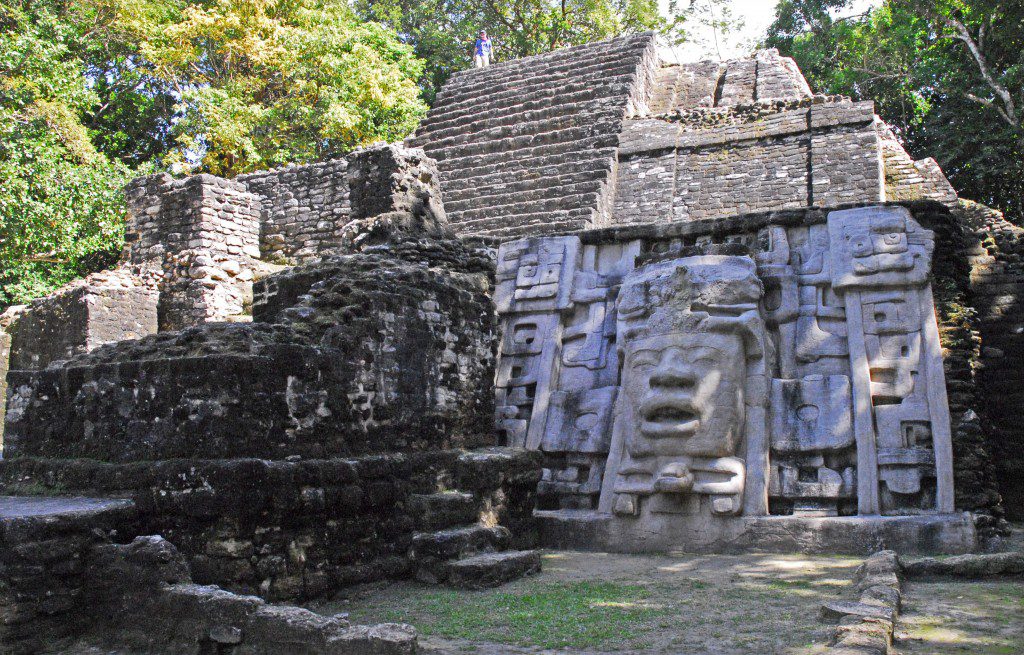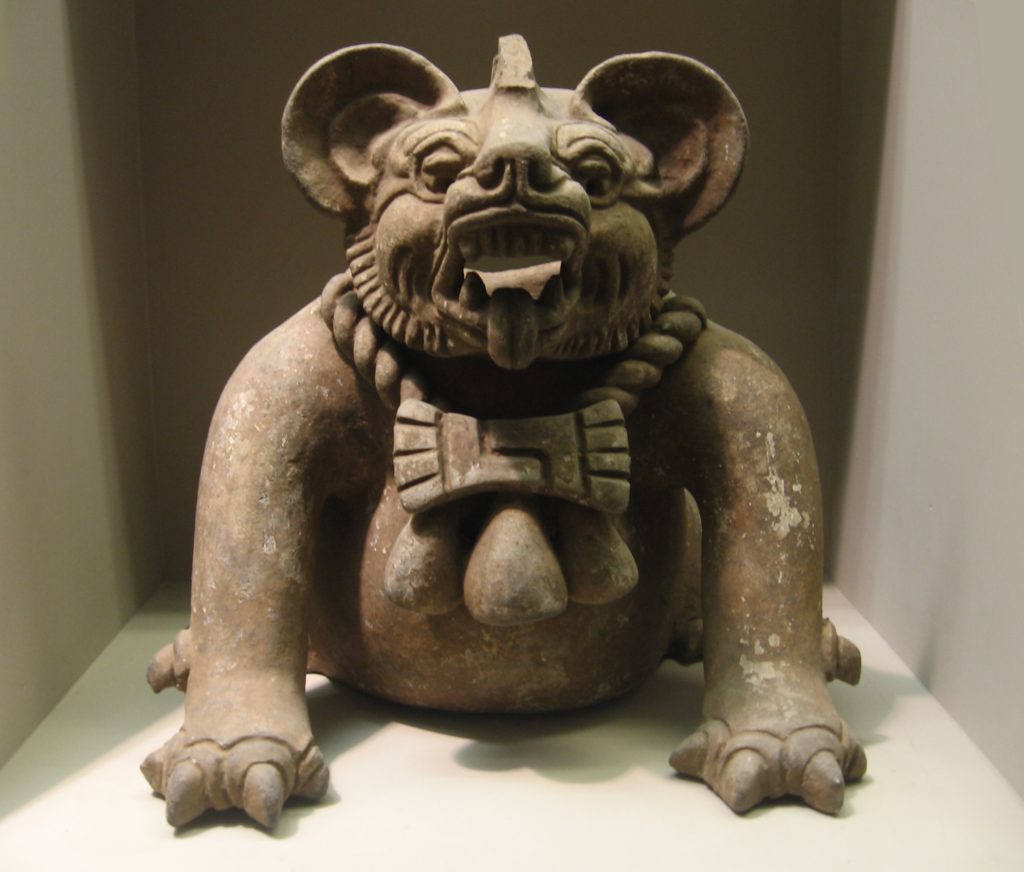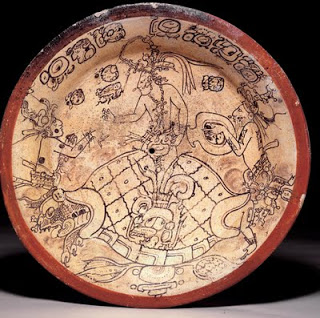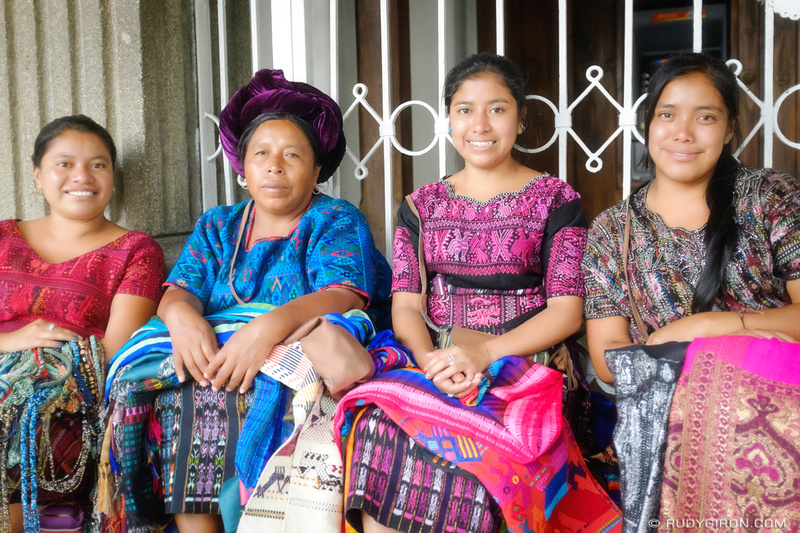Deep in the heart of Central America lies a civilization shrouded in mystery and intrigue – the ancient Maya. Flourishing for over 3,000 years, from around 2000 BC to 1500 AD, the Maya civilization left behind a legacy that continues to captivate historians, archaeologists, and travelers alike. From their awe-inspiring architecture to their advanced knowledge of astronomy, let’s delve into the incredible history of the ancient Maya and uncover the secrets of this enigmatic civilization.
The Maya civilization spanned across what is now modern-day Mexico, Belize, Guatemala, Honduras, and El Salvador. With a population estimated to have reached millions at its peak, the Maya were one of the most advanced pre-Columbian civilizations in the Americas. They developed a sophisticated system of writing using hieroglyphs, created intricate calendars, and excelled in mathematics and astronomy.
One of the most remarkable aspects of Maya culture is their architectural achievements. Cities such as Caracol, Tikal, Chichen Itza, and Palenque are renowned for their massive pyramids, temples, and palaces. These impressive structures were not only a testament to the Maya’s engineering prowess but also served as centers of religious and political power. El Castillo, the towering pyramid at Chichen Itza, is a prime example of Maya architectural ingenuity, with its precise alignment to the equinoxes and the serpent-like shadow that appears during sunset.
The Maya were deeply religious, with their beliefs centered around a complex pantheon of gods and goddesses. They performed elaborate rituals and ceremonies to appease these deities and maintain the balance between the spiritual and physical worlds. Priests played a crucial role in Maya society, acting as intermediaries between the people and the gods. Sacrifices, bloodletting, and divination were common practices in their religious rituals.
The Maya’s knowledge of astronomy was truly remarkable. They developed several calendars, the most famous of which is the Long Count calendar. This calendar, which spans over 5,000 years, allowed the Maya to track time with astonishing precision. They were able to predict astronomical events such as eclipses and the movements of celestial bodies, which were crucial for their agricultural practices and religious ceremonies.
The decline of the Maya civilization is a subject of much debate among historians. Theories range from environmental factors such as drought and deforestation to warfare and political instability. It is believed that a combination of these factors, along with the arrival of Spanish conquistadors in the 16th century, contributed to the downfall of this once-great civilization. Many Maya cities were abandoned, and their knowledge and achievements were largely forgotten for centuries.
It wasn’t until the late 19th and early 20th centuries that the ancient Maya began to emerge from the shadows of history. Archaeologists, explorers, and scholars began uncovering the ruins of Maya cities, deciphering their hieroglyphic script, and piecing together the puzzle of their civilization. The discovery of the tomb of the Maya ruler, Pakal the Great, in the Temple of the Inscriptions at Palenque in 1952 was a groundbreaking moment, shedding light on the intricacies of Maya society and their beliefs about the afterlife.
Today, the legacy of the ancient Maya lives on in the vibrant cultures of the indigenous communities in the region. Maya traditions, languages, and customs have been passed down through generations, preserving the rich heritage of this remarkable civilization. Visitors to the Maya heartland can explore archaeological sites, visit living Maya communities, and witness traditional ceremonies, gaining a deeper understanding of the profound influence the ancient Maya had on the region.
In conclusion, the ancient Maya civilization is a testament to the ingenuity and complexity of human achievement. From their awe-inspiring architecture to their advanced knowledge of astronomy and intricate hieroglyphic writing, the Maya left behind a legacy that continues to fascinate and inspire. Unraveling the mysteries of this lost civilization is a never-ending journey, one that allows us to appreciate the incredible history and cultural heritage of the ancient Maya.
